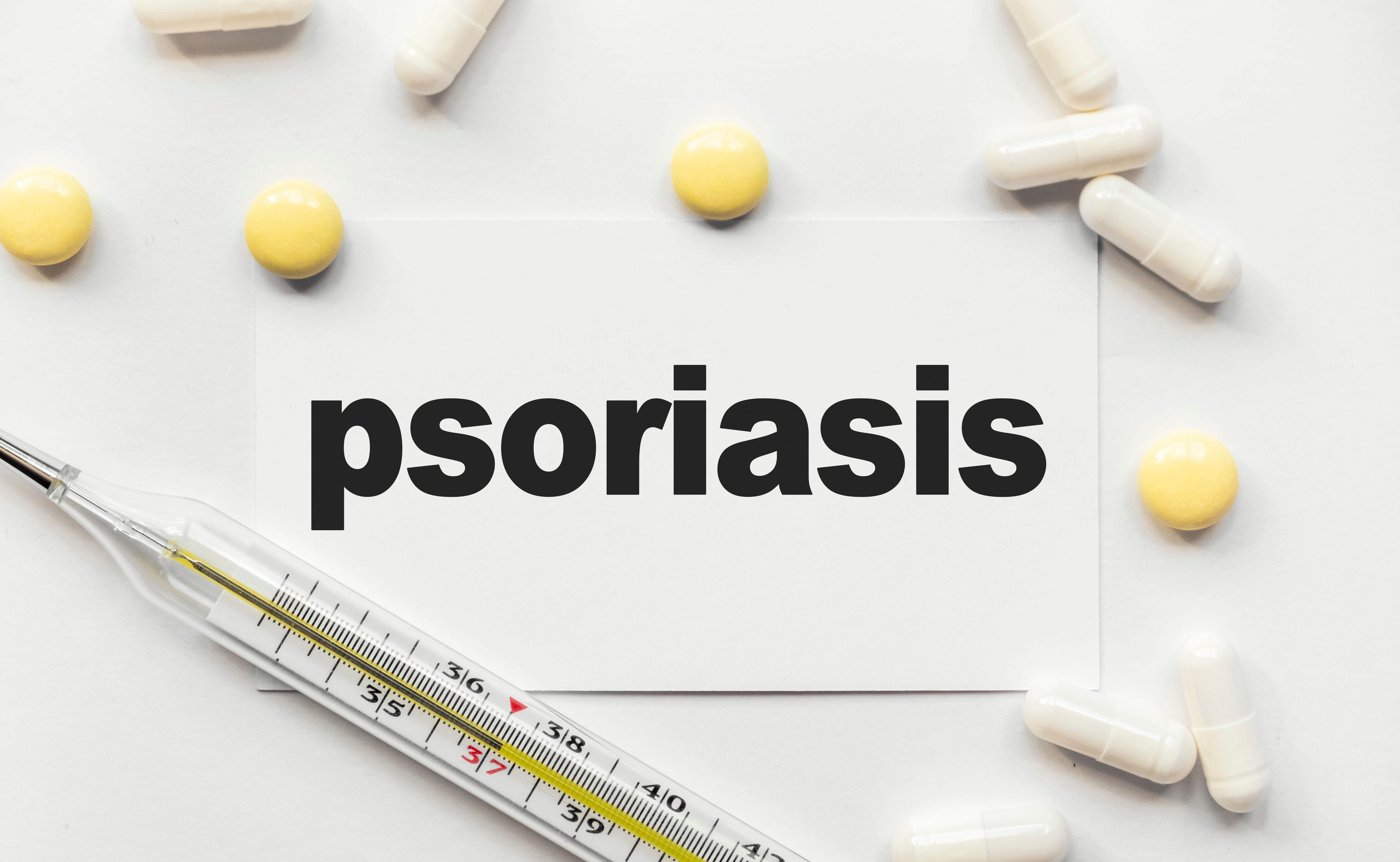Article
Patients With Psoriatic Arthritis Have Altered Hemostatic Function, Analysis Finds
Author(s):
The new report may help explain why patients with psoriasis have a higher risk of cardiovascular problems.
A new report adds to the case that psoriasis involves systemic inflammation that can lead to cardiovascular comorbidities.
The study, published in Scientific Reports, found patients with psoriatic arthritis had elevated levels of circulating inflammatory molecules and altered hemostatic function. The investigators said patients with severe psoriatic disease should therefore have their hemostatic function carefully monitored.
Investigators, including corresponding author Etheresia Pretorius, PhD, of Stellenbosch University in South Africa, explained that a variety of factors are believed to play a role in the development of psoriatic diseases like psoriatic arthritis.
Overexpression of T helper 1 and 17 cytokines are common in patients with psoriasis, and inflammatory mediators including interferon-α, interleukin-22 (IL-22), the IL-23/IL-27 axis, and tumor necrosis factor are likewise believed to play a role in the disease. Patients with psoriasis also have higher rates of depression, diabetes, inflammatory bowel disease, and other comorbidities, they said.
“Considering these observations, a paradigm shift has occurred from viewing psoriasis merely as ‘skin deep’ to a systemic inflammatory condition,” Pretorius and colleagues wrote.
Following this hypothesis, the investigators wanted to get a better understanding of the links between psoriasis and increased cardiovascular burden. They noted that hypercoagulability has been proposed as one possible link between psoriasis and cardiovascular events. Thus, they decided to perform analyses of blood samples taken from patients with psoriatic arthritis and compare those to samples taken from healthy patients.
Samples were collected from 20 patients with psoriatic arthritis and 20 healthy controls. Investigators measured concentrations of inflammatory molecules using enzyme-linked immunosorbent assays. They then evaluated clotting efficiency using thromboelastography (TEG) and analyzed samples’ fibrin network architecture using scanning electron microscopy.
Pretorius and colleagues found that the patients with psoriatic arthritis had significantly elevated levels of circulating inflammatory molecules, as well as an increased tendency towards thrombus formation.
“Scanning electron microscopy revealed that fibrin clots were denser in psoriatic individuals, compared to healthy controls, with an increased fibrin fiber diameter associated with psoriatic disease,” they said, adding that theirs was the first study to show such fibrin networks are present in psoriasis.
Having demonstrated that, the investigators said the next step should be to find out whether these changes have direct implications for the outcome of thromboembolic complications in psoriatic disease. They said future studies should look at issues such as the lytic susceptibility of an altered clot structure in psoriatic disease.
For clinicians, Pretorius and colleagues said the evidence suggests close monitoring of patients with severe disease or inflammatory flares may be beneficial, since their analysis indicates those patients may be at a higher risk of thrombotic complications.
“We recommend the routine monitoring of coagulability by a global coagulation assay, such as TEG, not as a predictor of imminent thrombotic risk, but rather as a preventative measure,” they said. “Levels of fibrinogen and D-dimer may also be considered for this purpose, as they show strong prognostic value for the development of thrombotic events.”
The investigators noted a few limitations, including the cross-sectional nature of the study and the small sample size. They added that patients in the study were receiving systemic therapy at the time samples were taken, which may have had a confounding effect.
Reference:
Visser MJE, Venter C, Roberts TJ, Tarr G, Pretorius E. Psoriatic disease is associated with systemic inflammation, endothelial activation, and altered haemostatic function. Sci Rep. Published online June 22, 2021. doi:10.1038/s41598-021-90684-8





